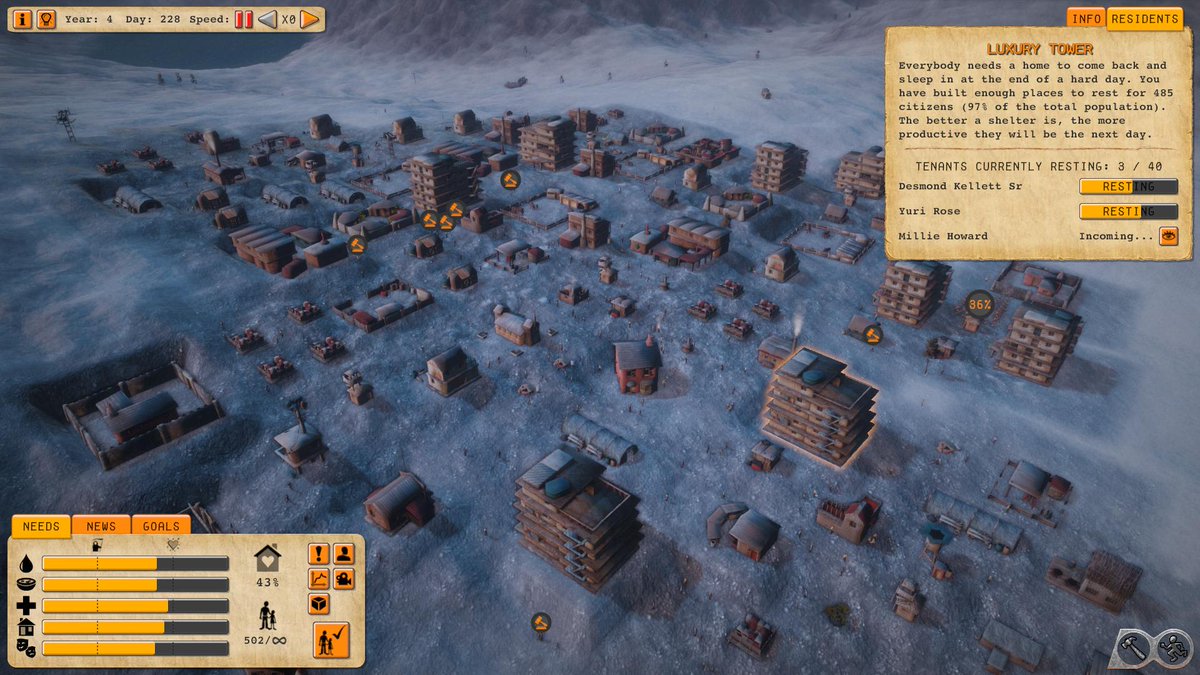


His principal contribution to chemistry was the 'vis tellurique' (telluric screw), a three-dimensional arrangement of the elements constituting an early form of the periodic classification, published in 1862. This area of the website celebrates the work of many famous scientists whose quest to learn more about the world we live in and the atoms that make up the things around us led to the periodic table as we know it today.Ĭan France claim the first periodic table? Probably not, but a French Geology Professor made a significant advance towards it, even though at the time few people were aware of it.Īlexandre Béguyer de Chancourtois was a geologist, but this was at a time when scientists specialised much less than they do today. It was not until a more accurate list of the atomic mass of the elements became available at a conference in Karlsruhe, Germany in 1860 that real progress was made towards the discovery of the modern periodic table. In 1829, Johann Döbereiner recognised triads of elements with chemically similar properties, such as lithium, sodium and potassium, and showed that the properties of the middle element could be predicted from the properties of the other two. Several other attempts were made to group elements together over the coming decades. The earliest attempt to classify the elements was in 1789, when Antoine Lavoisier grouped the elements based on their properties into gases, non-metals, metals and earths. Certainly Mendeleev was the first to publish a version of the table that we would recognise today, but does he deserve all the credit?Ī number of other chemists before Mendeleev were investigating patterns in the properties of the elements that were known at the time. Ask most chemists who discovered the periodic table and you will almost certainly get the answer Dmitri Mendeleev.


 0 kommentar(er)
0 kommentar(er)
